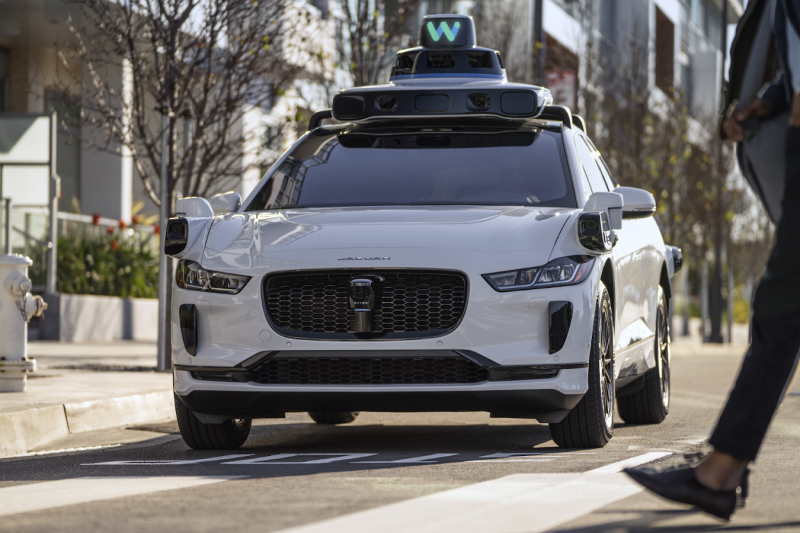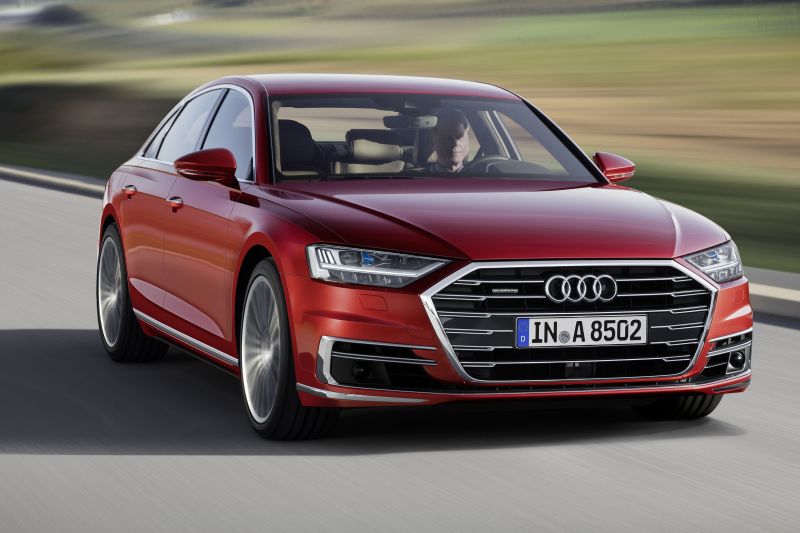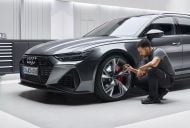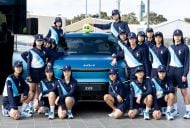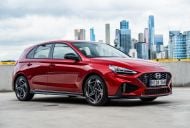As carmakers battle factory closures and historically low sales due to the novel Coronavirus, the real loser could be autonomous vehicle development.
COVID-19 has forced the world’s big automotive groups to dig deep into their cash reserves.
General Motors and Ford, according to Credit Suisse figures quoted by The Economist, are expected to burn through US$10 billion and US$14 billion in just the first half of 2020.
As the money starts to dry up, manufacturers are likely to cut development spending in expensive, non-essential parts of the business.
With strict European Union emissions rules (and the risk of large fines for non-compliance) forcing carmakers to develop electric vehicles, large cuts to development budgets for electrification are unlikely.
“It appears that the investment in electric vehicles is going to continue. It may be pulled back in some places like America, where they don’t have almost a mandate to develop electric cars, but it’s a long-term trend,” Simon Wright, industry editor at The Economist, told CarExpert.
“It’s coming, whatever happens.
“The European Union isn’t going to relax its emissions regulations, the carmakers haven’t asked the European Union to relax emissions regulations. I think they have to keep investing.”
Autonomous vehicles, however, are likely to take a hit. A number of carmakers made bold promises about their self-driving vehicle programs late in the 2010s, but most have since walked their claims back – or gone silent.
“Autonomous vehicles, a lot of the hype has gone out of that anyway,” Wright said.
“They’re probably decades away. This might add a few years, if not more, to the dream of the autonomous vehicle that picks you up outside the pub and takes you home at the end of the evening.”
Carmakers tightening their belts because of Coronavirus isn’t the only reason the self-driving dream is struggling in 2020.
A number of high-profile accidents have put the technical challenge of developing a car capable of interacting with a world designed for human drivers in the spotlight.
A prototype Uber self-driving vehicle struck and killed a pedestrian in Arizona during March 2018.
It was later discovered the vehicle’s software chose not to apply its brakes when it detected Elaine Herzberg because it wasn’t programmed to recognise pedestrians outside of zebra crossings.
Tesla has also been involved in a number of high-profile incidents with its Autopilot driver assist.
At least four drivers have been killed while using the system, which is capable of steering, accelerating, braking, and changing lanes in certain conditions, but requires constant human oversight.
Most carmakers currently offer Level 2 autonomous driving. Although vehicles with advanced adaptive cruise control systems can follow lane markings, maintain a gap to the car in front, change lanes, and brake to a standstill, they still require constant driver oversight.
Even the aforementioned Tesla Autopilot system is only meant to operate when the driver has their hands on the wheel, despite its name.
When carmakers talk about fully autonomous vehicle, they’re referencing Level 4 and Level 5 autonomy – where drivers can have their eyes off the road and hands off the wheel in all situations.



